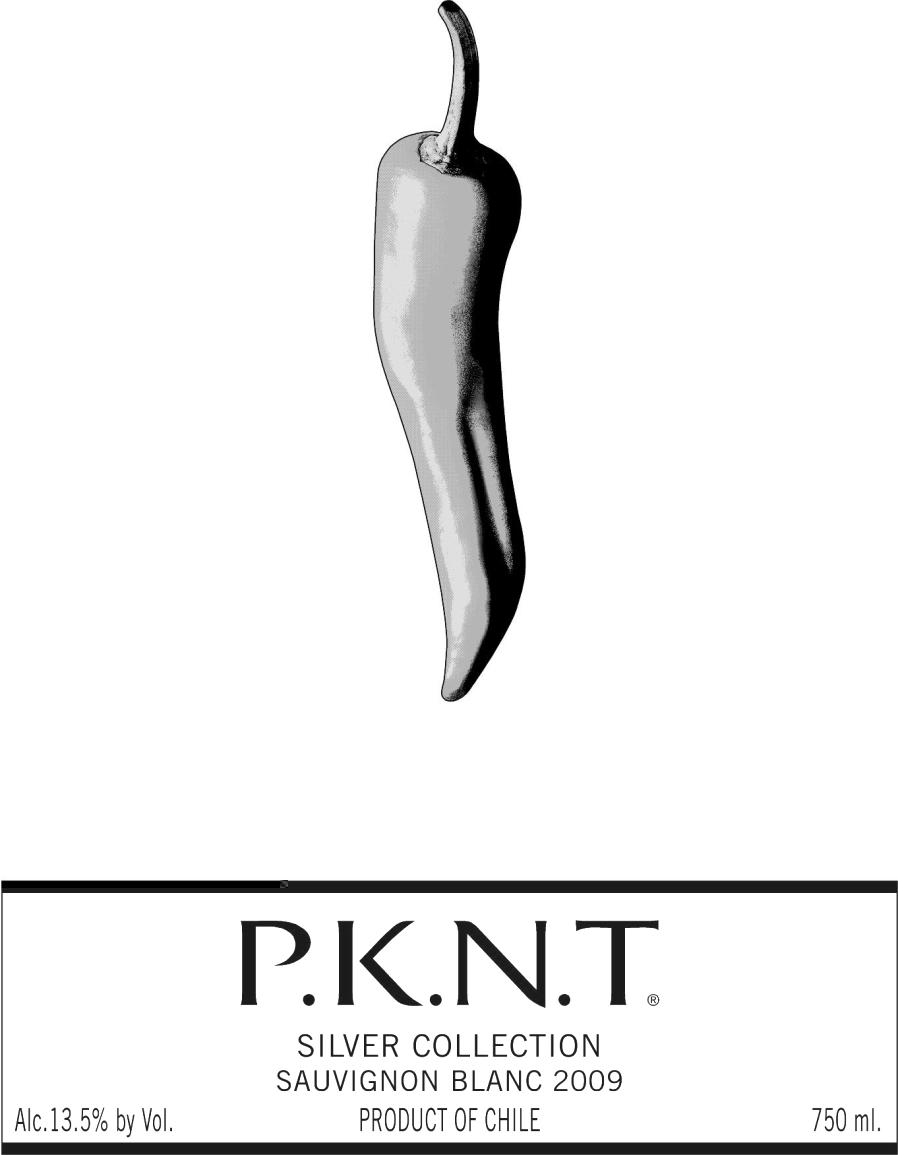2009 Maule Valley Sauvignon Blanc
The Pknt Silver Collection Sauvignon Blanc from the 2009 vintage hails from the renowned Maule Valley, an area celebrated for its exceptional winegrowing conditions. This delightful white wine showcases a light-bodied character, making it an approachable choice for any occasion. It possesses a high level of acidity that delivers a refreshing and invigorating experience on the palate. The fruit intensity is pronounced, featuring vibrant notes of citrus and tropical fruit that dance harmoniously together. Balancing the lively fruit profile is a delicate dryness, which enhances the wine's overall crispness, inviting you to enjoy each sip. The intricate qualities of this Sauvignon Blanc reflect both the terroir of Maule Valley and the meticulous craftsmanship behind its creation, ensuring a memorable tasting experience.
The Pknt Silver Collection Sauvignon Blanc from the 2009 vintage hails from the renowned Maule Valley, an area celebrated for its exceptional winegrowing conditions. This delightful white wine showcases a light-bodied character, making it an approachable choice for any occasion. It possesses a high level of acidity that delivers a refreshing and invigorating experience on the palate. The fruit intensity is pronounced, featuring vibrant notes of citrus and tropical fruit that dance harmoniously together. Balancing the lively fruit profile is a delicate dryness, which enhances the wine's overall crispness, inviting you to enjoy each sip. The intricate qualities of this Sauvignon Blanc reflect both the terroir of Maule Valley and the meticulous craftsmanship behind its creation, ensuring a memorable tasting experience.




